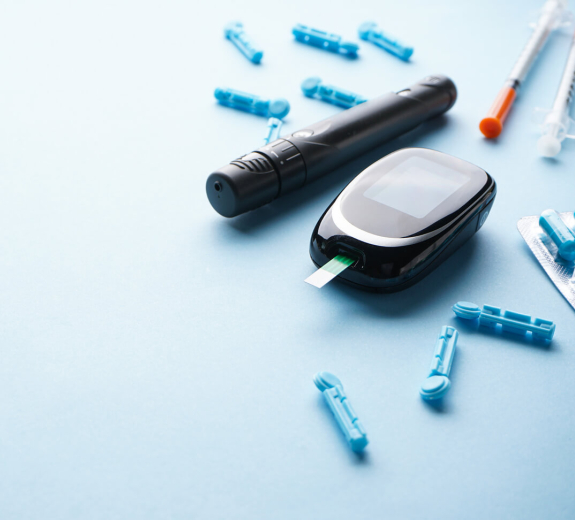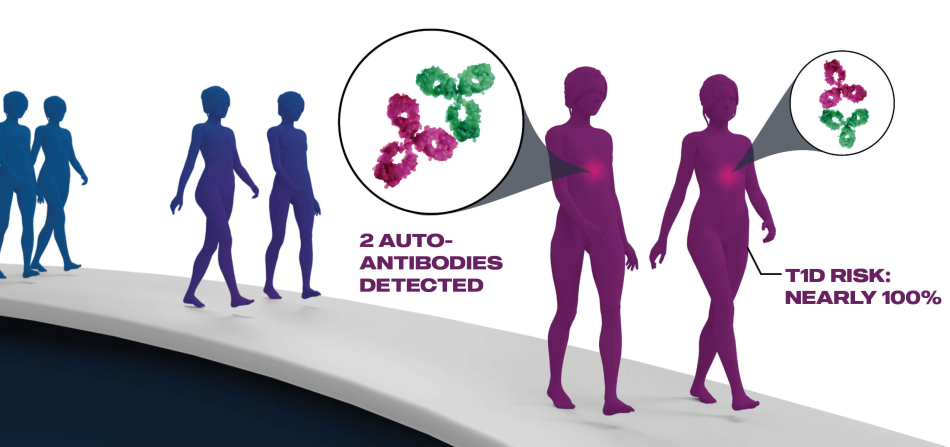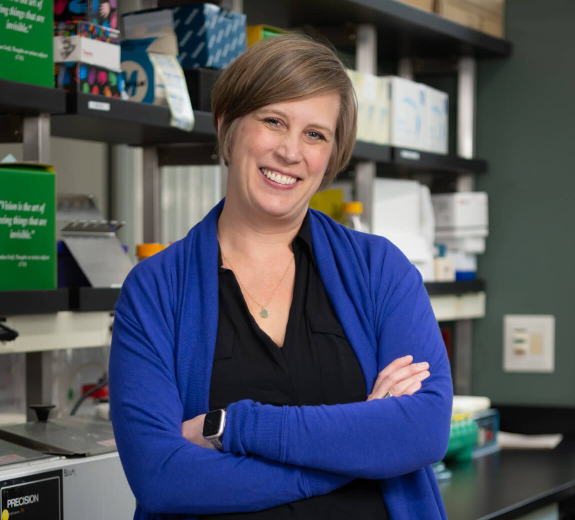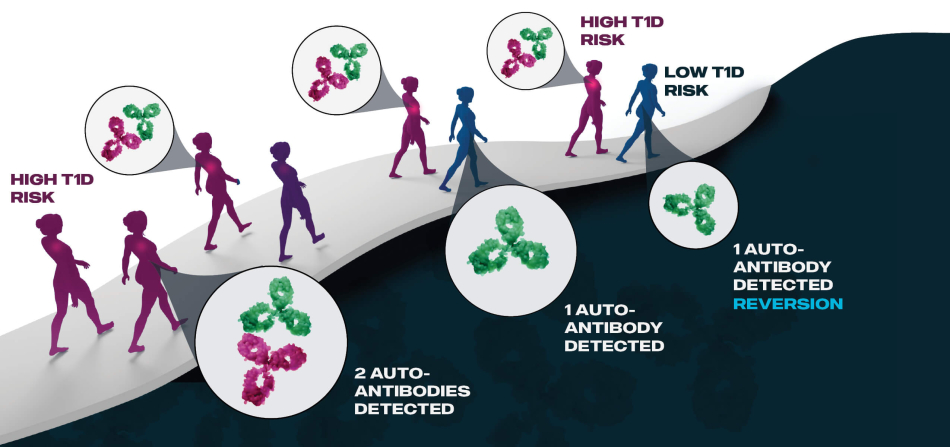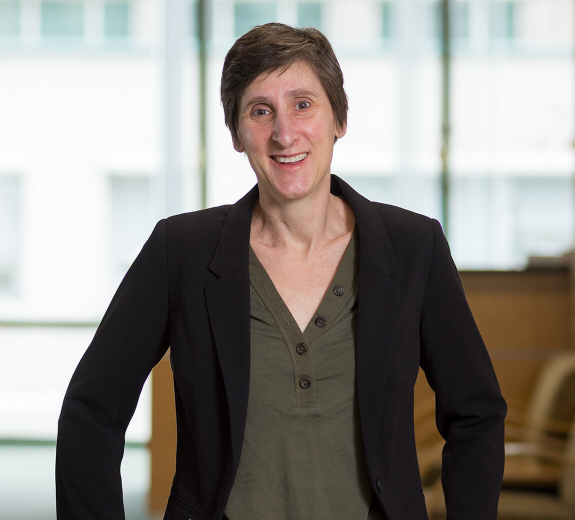Dr. Speake and other scientists have anecdotally observed something strange over the past decade: A handful of people where one blood test showed they had two autoantibodies but then subsequent blood tests showed only one autoantibody.
At first, many scientists thought this might be an error — an imperfection with the blood test or a problem with data collection. But the more data they collected, the more they saw this anomaly.
Digging deeper, Dr. Speake analyzed decades of test results from thousands of patients. She saw that there were people who had multiple autoantibodies for several blood draws in a row — and then consistently showed fewer autoantibodies for the next few blood draws.



